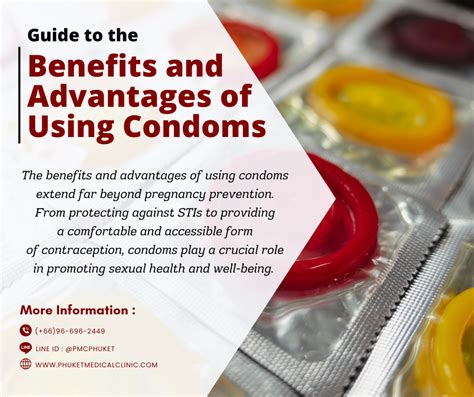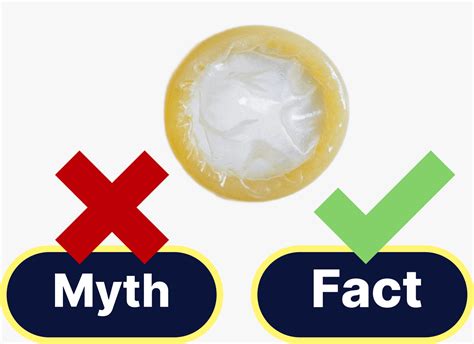Intro
Discover the 5 types of condoms, including latex, polyurethane, and lambskin, for safe sex and contraception, with variations in texture, lubrication, and sensitivity for enhanced pleasure and protection.
The use of condoms has been a cornerstone of safe sex practices for centuries, with the first recorded use of condom-like devices dating back to ancient civilizations. Over time, the design, materials, and functionality of condoms have evolved significantly, catering to a wide range of preferences, needs, and scenarios. Today, there are numerous types of condoms available, each with its unique characteristics, advantages, and intended uses. Understanding the different types of condoms can help individuals make informed decisions about their sexual health and well-being.
When it comes to condoms, one size does not fit all. The diversity in condom types reflects the varied needs and preferences of users, including differences in size, material, texture, and lubrication. Whether you're looking for enhanced pleasure, protection against sexually transmitted infections (STIs), or contraception, there's a condom designed with your needs in mind. The importance of choosing the right condom cannot be overstated, as it directly impacts the effectiveness of the condom in preventing unwanted pregnancies and reducing the risk of STIs.
The evolution of condom technology has led to the development of a wide array of condom types, each catering to specific requirements. From the traditional latex condoms to the more recent innovations like polyurethane and lambskin condoms, the market offers a broad spectrum of choices. Moreover, advancements in manufacturing have enabled the production of condoms with various textures, flavors, and sizes, further expanding the options available to consumers. This diversity not only enhances user experience but also plays a critical role in promoting safe sex practices by encouraging the use of condoms that meet individual preferences and needs.
Types of Condoms

The classification of condoms can be based on several factors, including material, size, texture, and special features. Here are five key types of condoms that are widely recognized and used:
1. Latex Condoms
Latex condoms are the most common type and are known for their high effectiveness in preventing pregnancy and STIs. They are made from natural rubber latex and are available in a variety of sizes, textures, and thicknesses. Latex condoms are generally inexpensive and widely available, making them a popular choice among users.
2. Polyurethane Condoms
Polyurethane condoms are made from a type of plastic and are an excellent option for individuals who are allergic to latex. They are thinner and stronger than latex condoms, providing a more natural feel during intercourse. Polyurethane condoms are also more resistant to oil-based lubricants, which can damage latex.
3. Lambskin Condoms
Lambskin condoms, also known as natural membrane condoms, are made from the intestinal lining of lambs. They are a good choice for monogamous couples who want to prevent pregnancy but are less effective against STIs due to their porous nature. Lambskin condoms are known for their natural feel and are preferred by some users for their sensitivity.
4. Female Condoms
Female condoms, also known as internal condoms, are designed for use by women. They consist of a pouch that is inserted into the vagina before intercourse, providing protection against pregnancy and STIs. Female condoms are made from polyurethane or nitrile and can be used with or without a spermicide.
5. Specialty Condoms
Specialty condoms cater to specific needs and preferences, including textured condoms for enhanced pleasure, flavored condoms for oral sex, and large or small size condoms for individuals who require a more tailored fit. There are also condoms designed for anal sex, which are typically thicker and more durable.
Benefits of Using Condoms

The benefits of using condoms are multifaceted, encompassing not only the prevention of unwanted pregnancies but also the protection against a wide range of STIs. Some of the key advantages of condom use include:
- Prevention of STIs: Condoms are highly effective in preventing the transmission of sexually transmitted infections, including HIV, when used correctly and consistently.
- Contraception: Condoms are a reliable method of contraception, offering a high level of protection against pregnancy when used as directed.
- Accessibility and Ease of Use: Condoms are widely available, easy to use, and do not require a prescription, making them a convenient option for many individuals.
- Low Cost: Compared to other forms of contraception, condoms are relatively inexpensive, especially when considering their effectiveness and the broad range of protection they offer.
How to Choose the Right Condom

Choosing the right condom involves considering several factors, including the type of material, size, and any special features that may enhance the user experience or provide additional protection. Here are some steps to follow:
- Determine Your Size: Ensure you select a condom that fits comfortably. Condoms come in various sizes, including standard, large, and small.
- Consider the Material: Decide whether you prefer latex, polyurethane, lambskin, or another material, taking into account any allergies or sensitivities.
- Think About Texture and Lubrication: Textured condoms and those with additional lubrication can enhance pleasure and comfort.
- Check the Expiration Date: Always ensure that the condoms you use are not past their expiration date to guarantee their effectiveness.
- Read Reviews and Ask for Recommendations: Hearing from others about their experiences with different types of condoms can provide valuable insights and help in making a decision.
Common Misconceptions About Condoms

Despite their widespread use and importance in sexual health, there are several misconceptions about condoms. Some of these include:
- Reduced Pleasure: Many believe that condoms significantly reduce sexual pleasure, but advancements in condom technology have led to the development of thinner, more sensitive condoms that minimize this issue.
- Ineffectiveness: There's a misconception that condoms are not very effective in preventing pregnancy or STIs. When used correctly, condoms are highly effective.
- Allergies: While some people are allergic to latex, this does not mean that condoms are not an option. Alternative materials like polyurethane offer a solution.
Conclusion and Final Thoughts

In conclusion, the world of condoms is diverse and dynamic, with a wide range of options available to suit different needs and preferences. Whether you're looking for protection, pleasure, or both, there's a condom out there for you. By understanding the different types of condoms, their benefits, and how to choose the right one, individuals can make informed decisions about their sexual health. It's crucial to remember that condoms are a vital tool in the prevention of STIs and unwanted pregnancies, and their correct and consistent use can significantly enhance sexual well-being.
We invite you to share your thoughts and experiences with different types of condoms. Have you found a favorite? Do you have any questions about how to choose the right condom for your needs? Your feedback and insights are invaluable in helping others make informed decisions about their sexual health. Feel free to comment below, and don't forget to share this article with anyone who might find it helpful.
What is the most effective type of condom?
+The most effective type of condom in preventing pregnancy and STIs is the latex condom, due to its high barrier effectiveness and widespread use.
Can I use oil-based lubricants with latex condoms?
+No, oil-based lubricants should not be used with latex condoms as they can cause the latex to deteriorate, reducing the condom's effectiveness.
Are lambskin condoms effective against STIs?
+Lambskin condoms are not effective against STIs because their natural membrane pores can allow viruses like HIV to pass through, although they do provide contraception.
